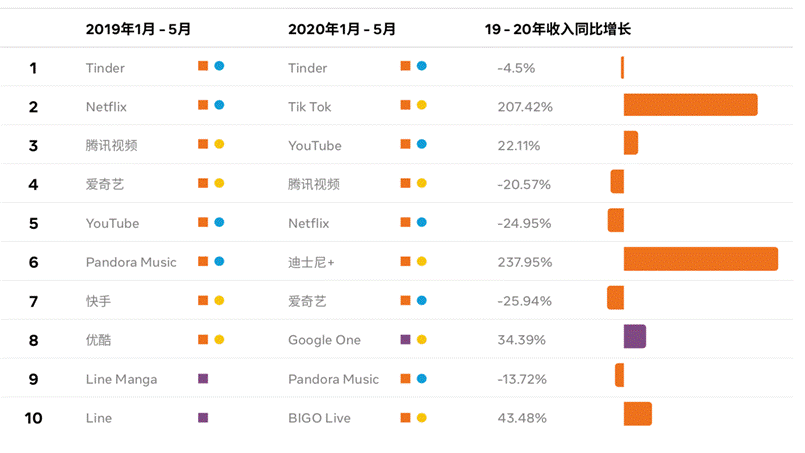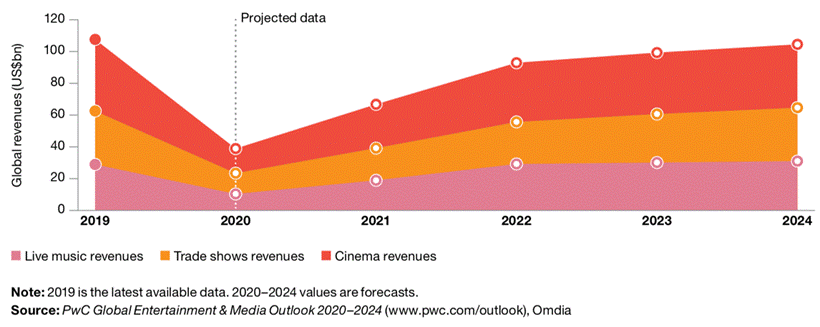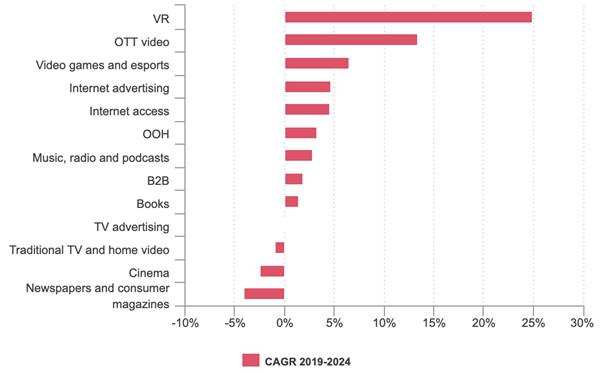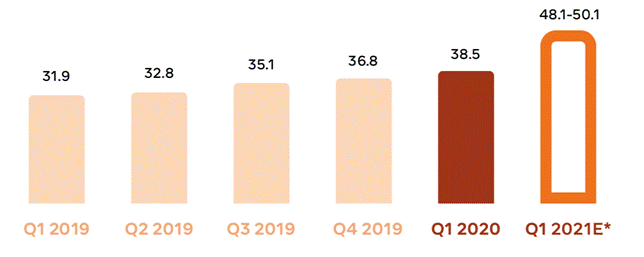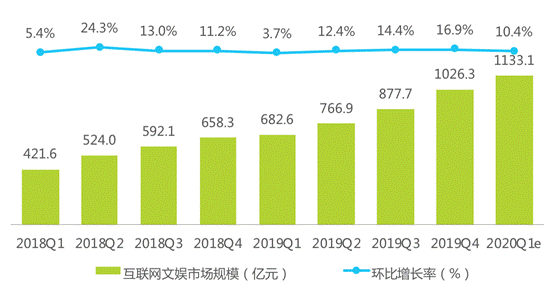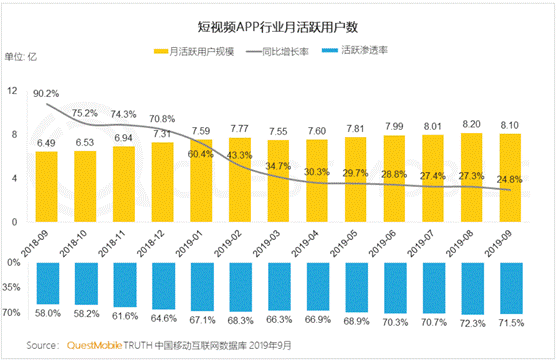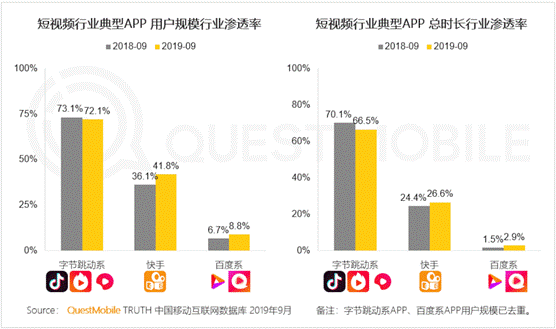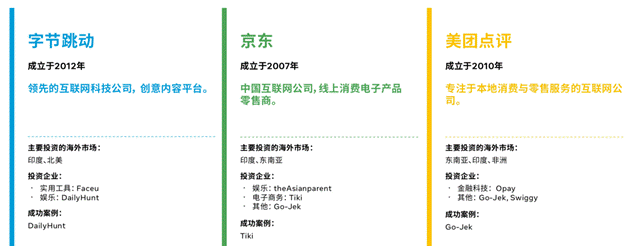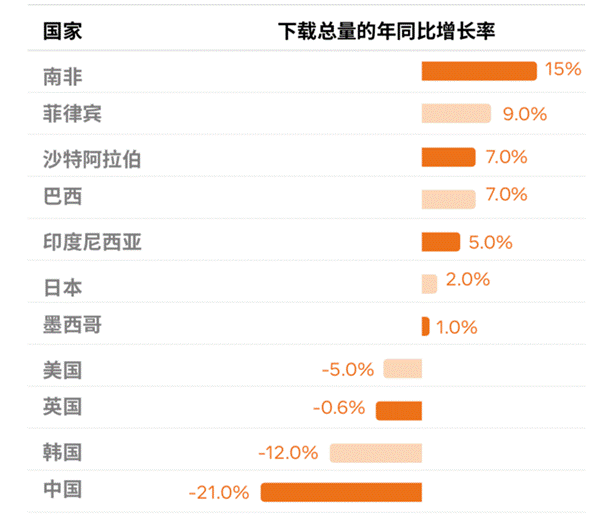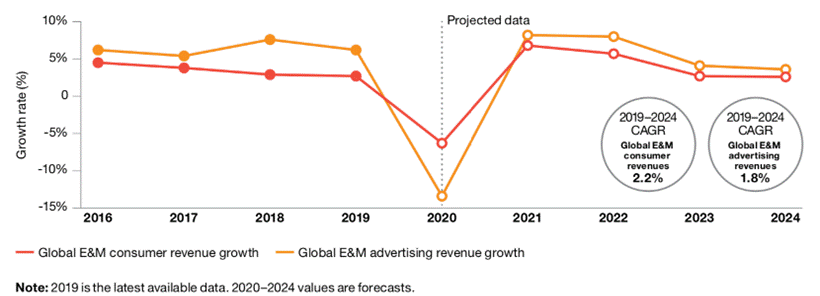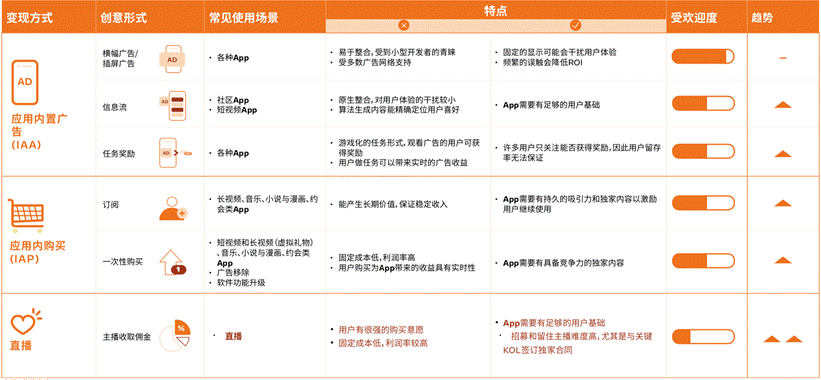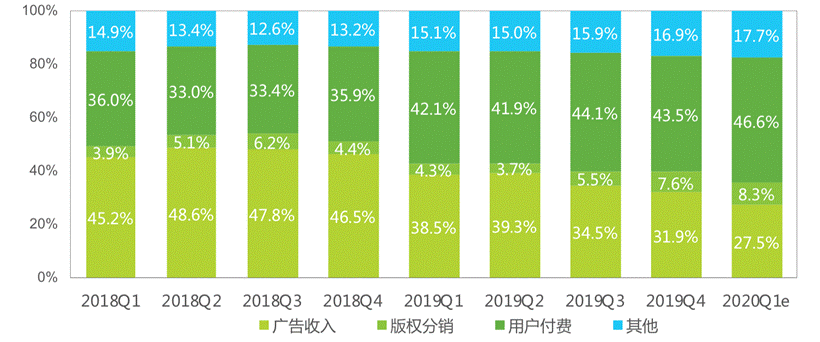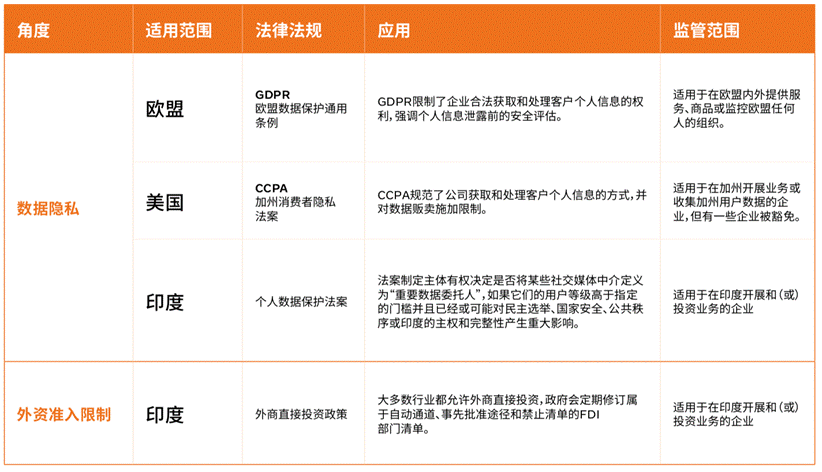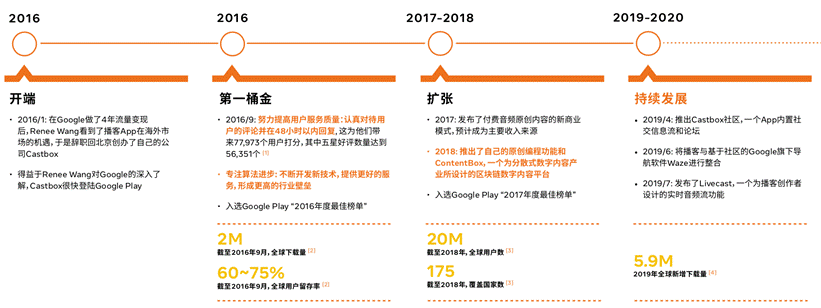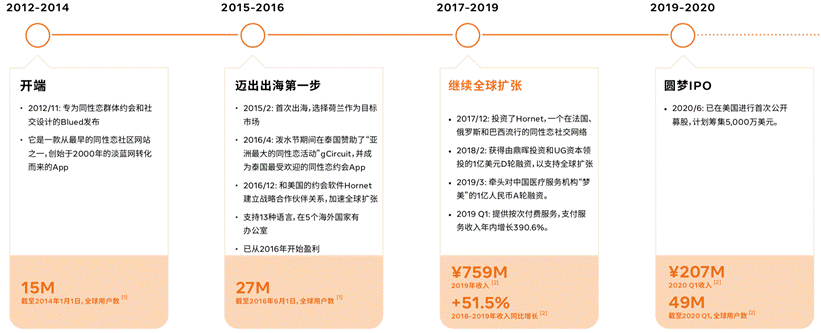The domestic “pan-entertainment” industry is already showing a trend of red sea, and the global pan-entertainment industry is on the rise. Faced with the entrenchment of giants, how can China’s “pan-entertainment” companies find a way out? Seize the “transitory” opportunity and take advantage of the situation?
At the beginning of 2020, the new crown epidemic (COVID-19) broke out, overturning many business models that have been forged over a long period of time around the world. But at the same time, it also creates and amplifies new opportunities.
But opportunities are rare, and the window period is short, often fleeting. The “big retail industry” as a market barometer has already taken a step forward, and it is difficult to capture the vent after the development “turning point”.
However, the “pan-entertainment industry”, which has the same commercial value and room for growth as the “big retail industry”, is undergoing reshaping in the midst of the ashes, “may the wise take the bait”.
01 Current situation: Global trends still exist, but opportunities are fleeting
It stands to reason that entertainment consumer spending is not “rigid demand”, and negative economic shocks around the world will inevitably weaken its demand.
However, an interesting survey shows that more and more people treat “online entertainment” expenditures (such as Netflix subscription fees) as utility bills, which are non-disposable and cancelable expenditures. Take the 2008-2009 economic crisis as an example. When the global economy shrank by 1.7%, online and offline entertainment spending increased by 1.5%.
Just like now, in the Gengzi Year, which is once in 60 years, despite the raging epidemic and the economic downturn, according to the The “2020 China Pan-entertainment Overseas Insights” report shows that Global head entertainment apps still show strong monetization capabilities, such as YouTube and Disney+ in the US, Tik Tok, BIGO Live, etc., have shown growth against the trend (as shown in Figure 1 below). This shows the strong momentum of the entertainment industry.
Source: PricewaterhouseCoopers “2020-2024 Outlook on Global Entertainment and Media”
In other words, the global entertainment industry is going through a critical point of major industry changes and will soon be realized in the recovery Reorganization, and the opportunity to gain insight into the trend and take advantage of it is fleeting.
So, regardless of the size of the enterprise, as a participant in the entertainment industry, how can you accurately exert force, grasp the direction of industry disruption, once again leverage traffic, and place yourself in the top of the industry?
02 Trends: technology, online, diversification
First of all, it is not difficult to speculate that behind the “turning point” is still strong, there must be a trade-off between the various sub-fields. For example, in the report “China Pan-entertainment Overseas Insight” jointly released by Facebook and iResearch It clearly pointed out that due to the impact of the epidemic, home-based operations have become the norm. Looking at the future, offline entertainment urgently needs to be “migrated” to online.
As shown in Figure 3 below, we can clearly see that the income of traditional, single-form entertainment fields (such as current concerts, theater movies, etc.) has been severely challenged. As of April 2020, more than 750 festivals have been cancelled or postponed globally, and offline entertainment revenue has suffered the most serious decline in history. PricewaterhouseCoopers (PwC) predicts that the decline will be 63.8%.
Figure 3: Offline entertainment from 2019-2024 Activity income
Source: PricewaterhouseCoopers “2020-2024 Outlook from Global Entertainment and Media”
On the contrary,Technology and the Internet empower the entertainment industry, and the entertainment concept is generalized , Product functions are digitized, diversified, and online are gradually becoming the main growth trend (as shown in Figure 4 below).
Figure 4: The compound growth trend of various segments of the entertainment industry from 2020 to 2024
Source: PricewaterhouseCoopers “Global Entertainment and Media Outlook 2020-2024”
-
On the one hand, the Internet has integrated its integration and diversification into the entertainment industry. Traditional entertainment forms such as long video, short video, music, broadcasting, graphics and text, and other pan-entertainment forms such as social networking, games, live broadcasting, and VR, have been reorganized and integrated in different scenarios to meet the needs of consumers. A more feature-rich product has been released (as shown in Figure 5 below). At the same time, agile consumers respond very quickly to new conditions-They are increasingly building their own bundled products and media environments to directly pay for music, video, and games “all you eat”. Through the combination of design and environment, people consume more internalContent and experience.
Figure 5: More and more entertainment apps integrate multiple functions in one application
Source: “China Pan-entertainment Overseas Insight”
-
On the other hand, during the epidemic, staying at home was quarantined, App ushered in a peak of usage, and there was a clear trend of migration of users’ lives to “online”. The “China Pan-entertainment Overseas Insight” jointly released by Facebook and iResearch pointed out that 2020 Q1 The global average weekly App usage time has increased by 20% compared with 2019 Q1 year-on-year, and it is expected that 2021 Q1 will increase by 25% to 30% compared with 2020 Q1.
Figure 6: App usage time per week by global users (billion hours)
ComeSource: jointly issued by Facebook and iResearch“China Pan Entertainment Going to the Sea”
03 Challenge: Giants are entrenched, traffic peaks, and growth is weak
However, China, which occupies 16.6% of global free app downloads (second only to the United States) and 4 of the world’s top 10 best-selling apps in 2019, its Internet entertainment market scale has shown a “wasteful” “Still” and “steady but not increasing” trends (as shown in Figure 7 below).
Picture 7: 2018Q1—2020Q1 China Internet Entertainment Duration Scale
Source: iResearch, 2019Q4&2020Q1 “China Internet Entertainment Data Release Report”
Find out why,It’s just that the giants have already completed the “Shantou”, the trend of “partitioning the world” and “big entrenchment” in various sub-sectors of pan-entertainment has been firmly established.
Take short video as an example. According to data from the QuestMobile TRUTH China Mobile Internet Database in 2019, the monthly activity of the short video App industry has been declining month by month, and it has basically been dominated by bytebeats and fast hands. Similarly, the long video App field has been dominated by iQiyi and Tencent Video, while the music category is QQ Music and Kugou Music.
Figure 8: September 2018-2019 Monthly active users of the short video App industry in September
Source: September 2019, QuestMobile TRUTH China Mobile Internet Database
Figure 9: September 2018 and September 2019,Industry penetration rate and total duration industry penetration rate of typical APP user scale in short video industry
Source: September 2019, QuestMobile TRUTH China Mobile Internet Database
In other words, the domestic pan-entertainment market has been severely saturated and the competition is fierce. The domestic giants with sensitive tentacles have long been aware of this situation, and a few years before the traffic has gradually dried up, they have embarked on a diversified journey to explore overseas markets.
Figure 10: Investment situation of domestic giants in overseas pan-entertainment market
Source: “China Pan-Entertainment Going to the Sea”
That’s the case,Are there any non-head entertainment companies in China?Opportunity, catch the last train of the upward trend of “V”, take advantage of the trend, and take a share in the global market?
The answer is yes.
04 Opportunity: Going to the sea, the inevitable choice for Chinese pan-entertainment companies to break through
Look at the market demand first.
Although domestic giants have already begun exploring overseas markets, the demand in overseas markets is still strong and unsatisfied.
As shown in Figure 10 below, as the telecommunications infrastructure of developing countries is gradually completed and perfected, especially in Southeast Asia and the Middle East, consumer demand for apps is also showing an increasing trend (Figure 11 below).
Figure 11: Total number of app downloads by country in 2019 Changes, iOS & Google Play
Source: “China Pan-Entertainment Going to the Sea”
Secondly, focus on domestic supply advantages.
Chinese pan-entertainment companies with rich product technology experience and mature business modelscan export their products overseas? Enter these potential countries to release energy? Provide efficient solutions for overseas needs? At the same time grab huge benefits?
According to the insights of Facebook, which has global user lifecycle data, we can divide the pan-entertainment industry into the following four categories, The heat and difficulty of going to sea are as follows:
-
Video App
-
Short videos and live video (UGC) are very popular and difficult to go to sea. However, as more giants join, the opportunities for short video users to go overseas are gradually decreasing;
-
Relatively speaking, long-term video (PGC) has a very low enthusiasm for going overseas, because only top domestic online videos with high-quality IP have the confidence to go overseas, and the difficulty of going to sea is moderate.
-
Social App
-
Dating apps (social with strangers) have a trend of low difficulty and high popularity due to strong demand;
-
In comparison, acquaintances have higher barriers to going to sea due to differences in social hesitation and cultural customs, and relatively low popularity.
-
Audio App
-
Music, online podcasting, and audio live streaming are all less popular, but they face less international competition.
-
Graphics App
-
Network smallSpeaking and comics, because text translation is more convenient, so the threshold for going overseas is low;
-
The community is similar to the “acquaintance community”, but due to the limitations of the local culture, it is difficult to go to sea and the popularity is also low.
Finally, analyze the income situation.
According to the global insights of Facebook and PricewaterhouseCoopers, although the advertising revenue of the entertainment industry has declined in 2020 (as shown in Figure 12 below), the realization of advertising revenue is still mainstream and will gradually recover after 2020 , Showing a “V” shape recovery in sync with the market.
Figure 12: 2016-2024 Global Entertainment and Media Consumption income and advertising income growth
Source: PricewaterhouseCoopers “Global Entertainment and Media Outlook 2020-2024”
At the same time,Live streaming is quickly becoming an important profit method (as shown in Figure 13 below).
Figure 13: Monetization method: Advertising monetization is still mainstream, and live broadcasting is rapidly becoming an important profit method
Source: “China Pan-Entertainment Going to the Sea”
However, there is no doubt thatThe amount of advertising investment must depend on the volume of traffic within the app , And in the domestic entertainment industry where the traffic is peaking, it is difficult to achieve a considerable breakthrough in the growth of advertising revenue, and may even show a downward trend. Taking the Chinese online video market as an example (as shown in Figure 14 below), the share of advertising revenue shows a decreasing trend year by year.
Figure 14: 2018Q1—2020Q1 China’s online video market Revenue structure
Source: iResearch, 2019Q4&2020Q1 “China Internet Entertainment Data Release Report”
In summary,Overseas demand leads to “feeding”, and the road to gold nuggets is to be “digged.” China’s non-leading “pan-entertainment” companies can take advantage of the trend to catch up and turn their decline into prosperity as a shortcut to go overseas.
05 Take advantage of the situation: look for help, accurate, fast, and compliant landing
The problem is that although the opportunity to go to sea is imminent, the reality is full of obstacles. For example, national conditions, systems, laws and regulations, technology matching, and differences in communication infrastructure conditions, etc., are the practical tests that Chinese companies often cannot overcome when going overseas (as shown in Figure 15 and Figure 16. ).
Figure 15: Due to compliance issues in overseas markets Typical cases of trouble
Source: “China Pan-Entertainment Going to the Sea”
Figure 16: Details of privacy regulations promulgated by multiple countries
Source: “China Pan-Entertainment Going to the Sea”
Therefore,For Chinese pan-entertainment companies with mature business models and product experience, In other words, it may be a wise choice to find a large-scale technology company that also has mature overseas landing experience as an “accelerator” for entering overseas.
For example, Facebook, which has more than 2.23 billion users worldwide (a quarter of the global population), With the support of massive information, it is not only familiar with Regional cultural customs, legal compliance, big data analysis and other technologies can be used to accurately grasp user portraits with “regional” characteristics and locate corporate user needs.
At the same time, Facebook has also successfully assisted many local pan-entertainment companies (such as CastBox, Blued) to successfully land in overseas markets and design new monetization business models (as shown in Figure 17 and Figure 18 below).
Figure 17: CastBox experience of going to sea
Source: “China Pan-entertainment Going to the Sea”
Figure 18: Blued’s overseas experience
Source: “China Pan-Entertainment Going to the Sea”
So, with the help of “accelerators”, what insights into the structural changes in the industry can Chinese pan-entertainment companies gain, and what kind of efficient help to go overseas?
If you are interested, please continue to read the long picture below to learn about Facebook and its insights into China’s pan-entertainment industry, and suggestions for going overseas. You will learn–
l How to establish a truly global enterprise and strengthen local presence;
l How to have the ability to respond quickly and transform to meet the new challenges brought by local regulatory agencies, competitors, users, and technological innovation;
l How to increase the exploration of more potential entertainment sub-fields, continue to try product differentiation, and so on.
